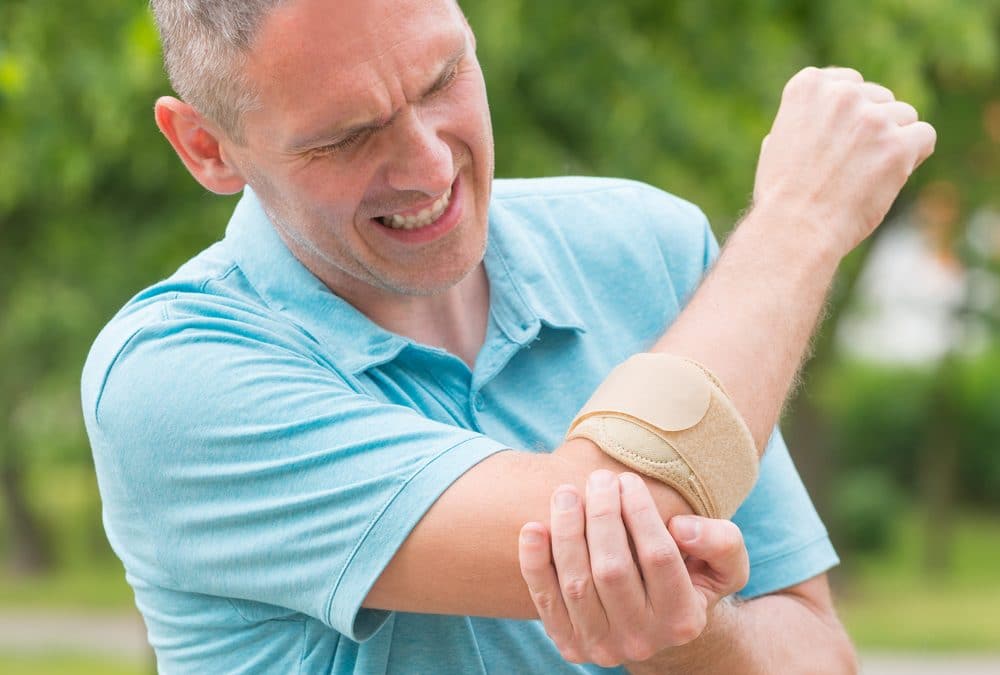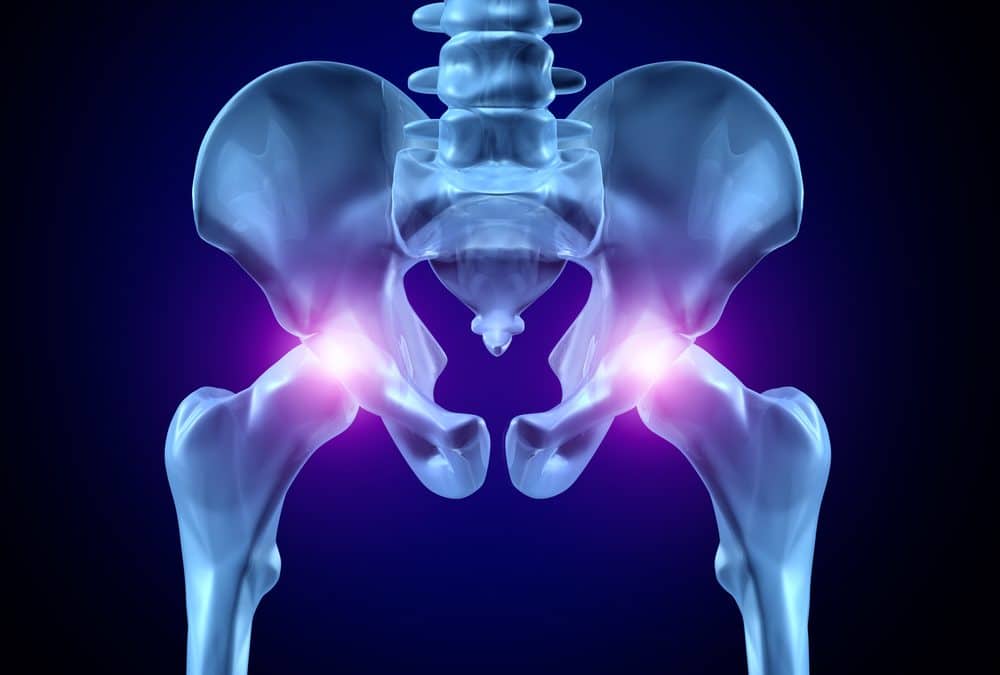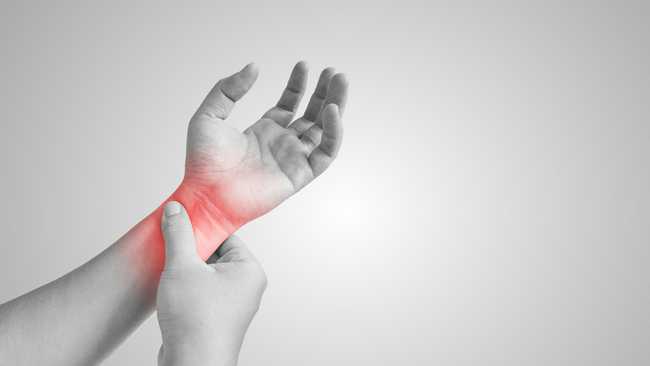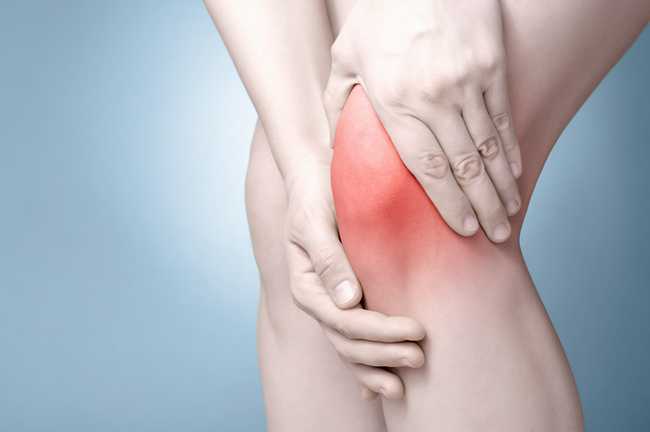
Carpal Tunnel Syndrome 101
Chiropractic Solutions for Carpal Tunnel Syndrome
Carpal Tunnel Syndrome (CTS) has been associated with poor work-related ergonomics and repetitive motion for years, but did you know that it can also be caused or exacerbated by other health or illness issues as well as injuries to the wrist and hand. That’s right, CTS can be a problem even if you never type or text for long stretches of your day. So how do you know if what you are experiencing is actually CTS?
What is Carpal Tunnel Syndrome?
CTS is defined by a pronounced pain, numbness, or weakness in your wrist from unrelenting pressure on the median nerve that runs along the arm through your wrist and hand. Carpal tunnel problems are common in the U.S. with an estimated 3 million people seeking treatment per year. Similar to tendinitis of the wrist that is defined by more general swelling and inflammation in the tendons and muscles, CTS is a compression disorder that, once diagnosed, can usually be fully resolved.
Common Causes for Carpal Tunnel Syndrome
Physiologically, the median nerve moves or glides through a passageway or sheath in your wrist to your hand and then to your fingers allowing you to grip and hold things. When the sheath becomes inflamed or irritated, it swells thereby constricting movement and blood flow and causing the numbness and pain usually associated with CTS.
There are a variety of things that can cause this to happen including:
- Gender – CTS is more common in women than in men,
- Injuries such as a wrist fracture or dislocation,
- Repetitive hand motions using fine motor skill, such as typing, texting, using a mouse, or needlework,
- Diabetes or chronic illnesses that increase nerve damage,
- Rheumatoid arthritis or other inflammatory conditions, and
- Obesity or pregnancy (though carpal tunnel usually resolves following birth).
What are the Symptoms of CTS?
Starting out insignificantly but growing over time, you may begin feeling a tingling or numbness from the thumb to the middle or ring fingers (never the little finger). From there, you may feel pain or a sensation like an electric shock that runs the length of your arm to your fingertips. Additionally, the symptoms may travel up your arm when gripping or using hand muscles to hold or grip something. With the symptoms of CTS becoming worse at night, you might experience numbness when sleeping or a weakness in the hands or arms.
First, Try Home Treatment
Minimizing stress can help to reduce or alleviate the pain and numbness associated with CTS so try these at home or work:
- Review and improve ergonomic layout of workspaces
- Use good posture
- Relax your grip – type lightly
- Be sure your hands stay warm; cold temperatures make pain and stiffness more likely
- Take short, frequent breaks to gently stretch hands and wrists and alternate between different tasks if possible
- Try NSAIDS and anti-inflammatory medication for pain relief
- Use wrist immobilizers to provide some relief
How Chiropractic Care May Bring Added Strength to Carpal Tunnel Syndrome Treatment
If home treatment and solutions don’t resolve the problem, you may want to seek a chiropractic evaluation as an alternative to traditional medical treatments or surgery. With CTS, the median nerve can be investigated for its entire length originating in the cervical spine down the arm to the fingers. Less invasive than traditional surgery and a better alternative than drugs to manage pain, chiropractic care encourages a holistic approach that looks at causes and solutions in addition to pain relief, including proper body mechanics, nutrition, exercise, and lifestyle.
Contact us at Amazing Life Chiropractic and Wellness to learn more about easing the pain of Carpal Tunnel Syndrome and prevention for the future. With years of experience, our team is dedicated to your good health and driven by results!





